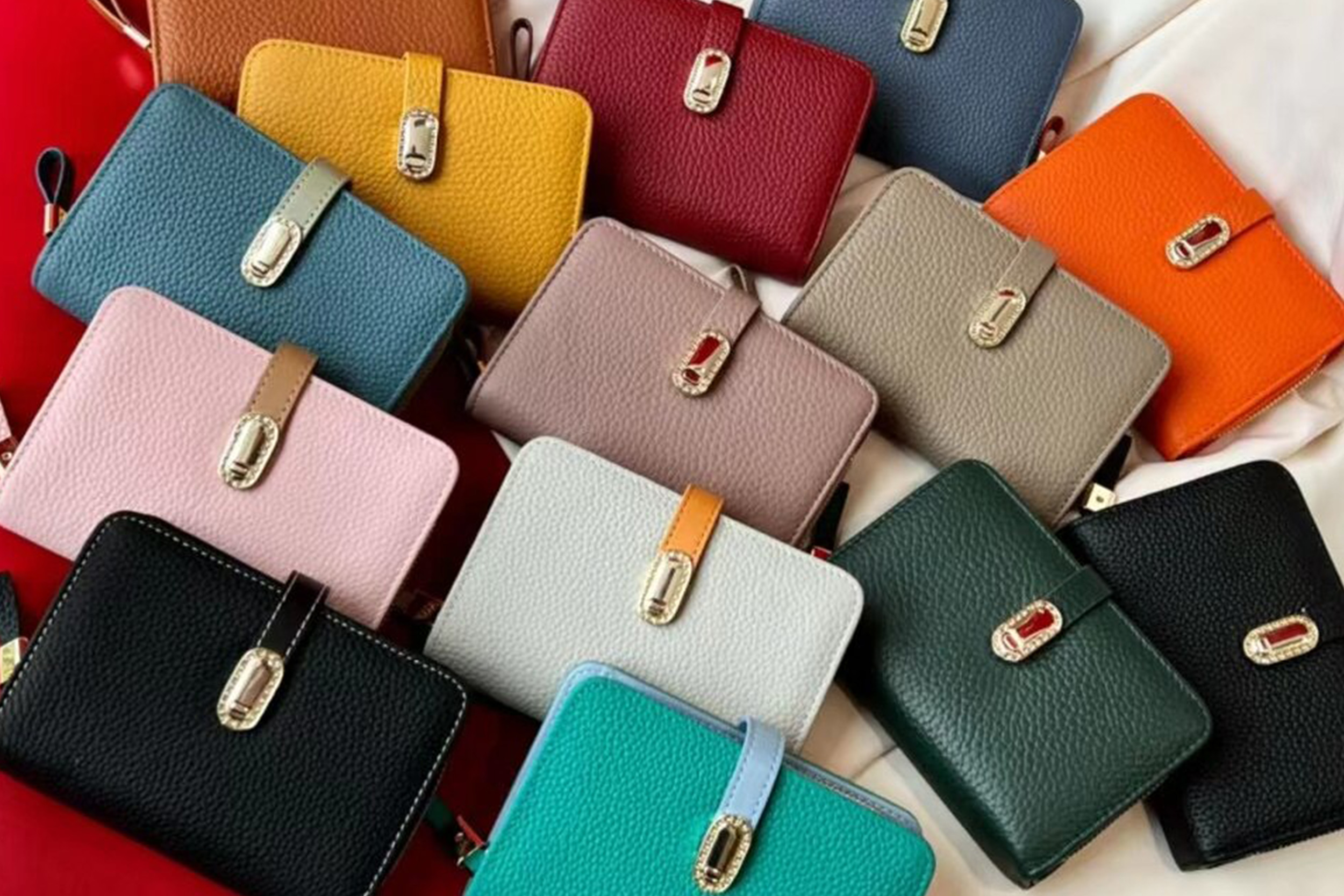The Future of Leather Purses: Are They Still Sustainable?

The future of leather purses is evolving in response to the growing demand for sustainable and ethical products. While traditional leather production has raised concerns about its environmental impact and animal welfare, advancements in technology and changing consumer preferences are driving the development of more sustainable alternatives. Here are some key trends and potential developments in the future of leather purses:
-
Plant-Based and Lab-Grown Leather: The popularity of plant-based materials, such as mushroom leather, pineapple leather (Piñatex), and lab-grown leather, is on the rise. These alternatives offer the look and feel of traditional leather without the ethical and environmental concerns associated with animal agriculture.
-
Circular Economy and Upcycling: Brands are increasingly adopting circular economy principles, emphasizing the use of recycled materials and upcycled leather scraps to create new purses. This approach reduces waste and conserves resources.
-
Transparency and Traceability: Consumers are demanding greater transparency about the origins of materials and production processes. In response, brands are likely to provide more information about their supply chains, ethical practices, and environmental impact.
-
Biofabricated Materials: Advancements in biotechnology have led to the development of innovative materials grown from microorganisms. These biofabricated materials can mimic the properties of leather and have a lower environmental footprint.
-
Smart and Functional Design: Future leather purses may incorporate smart technologies for added functionality, such as integrated solar panels for charging devices, RFID-blocking features, and GPS tracking for security.
-
Local and Artisanal Production: Supporting local artisans and small-scale production can lead to more sustainable practices. Locally sourced materials and reduced transportation contribute to a lower carbon footprint.
-
Waste Reduction and Closed-Loop Systems: Brands are exploring ways to reduce waste by using byproducts from other industries, like fruit waste from the food industry, to create leather alternatives. Closed-loop systems aim to minimize waste by reusing materials throughout the production cycle.
-
Regenerative Agriculture: Some brands are exploring regenerative agriculture practices for leather production. This approach focuses on improving soil health and biodiversity, which can have positive environmental impacts.
-
Customization and Personalization: As technology allows for greater customization, consumers might have the opportunity to design their own leather purses. This reduces waste by producing items that are specifically tailored to individual preferences.
-
Consumer Education: As sustainability becomes a higher priority for consumers, there will likely be a greater emphasis on educating shoppers about the environmental and ethical implications of their choices. This education can empower consumers to make informed decisions about their purchases.
While the future of leather purses is moving toward more sustainable options, it's important to note that the term "sustainable" can encompass a range of factors, including environmental impact, social responsibility, and ethical considerations. As a consumer, it's valuable to stay informed, ask questions about the products you're interested in, and support brands that align with your values.





